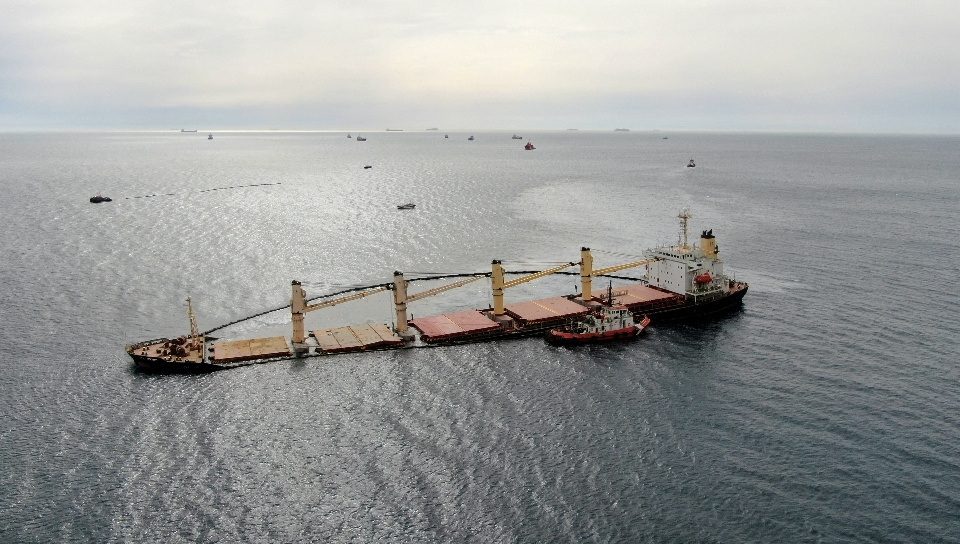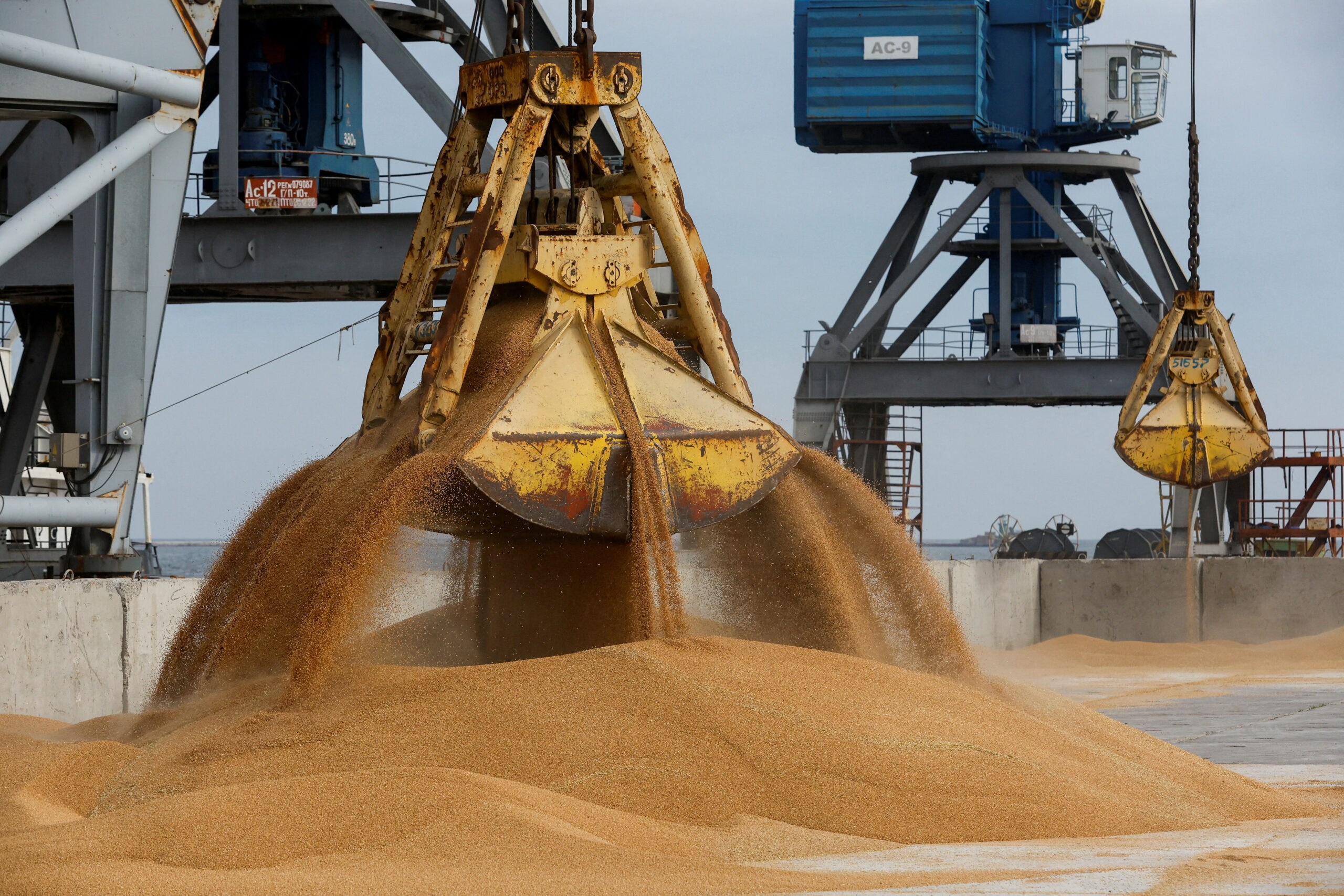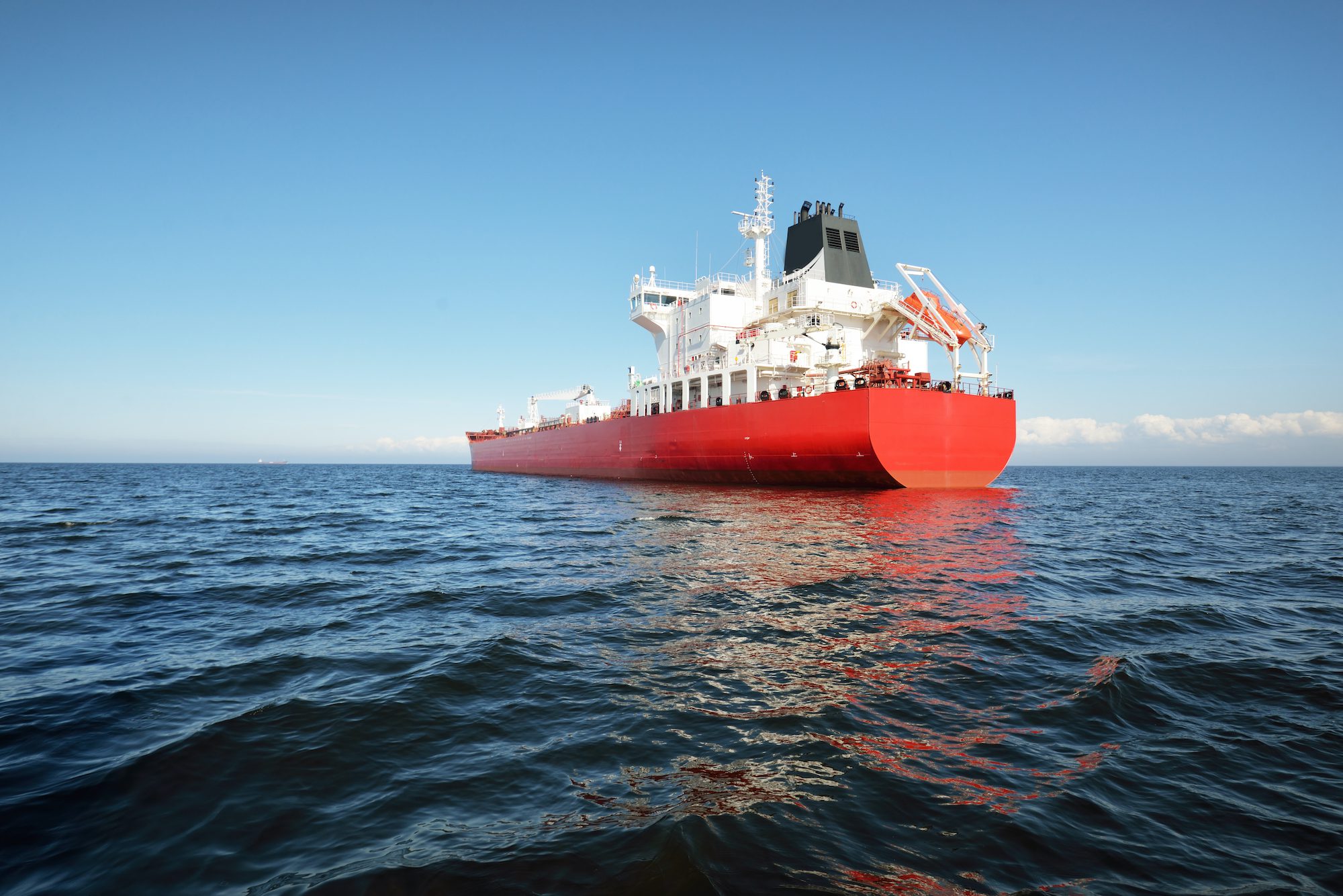Cargo liquefaction continues to be the number one cause of deadly accidents in the dry bulk shipping sector, according to industry association INTERCARGO.
INTERCARGO’s Bulk Carrier Casualty Report 2013-2022 shows cargo liquefaction is the leading cause of loss of life in bulk carrier losses, while grounding is the main cause of ship losses. The report provides 10-years of bulk carrier casualty statistics, highlighting trends and examining vessel size, age, and Flag State performance.
While safety has improved, major incidents involving loss of life still occur, and the industry must continue to learn how to protect seafarers and vessels from damage and loss, according to INTERCARGO.
“As the voice of global dry bulk shipping, INTERCARGO is determined to help lead the response to these events. While the Report highlights that improvements are being made in safety, there is still clearly more to do to make shipping safer,” said INTERCARGO Operations Manager Xianyong (Joe) Zhou. “We must continue to learn how we can best protect the lives of seafarers as well as the vessels and their cargo from damage and loss.”
INTERCARGO’s latest report shows 26 bulk carriers over 10,000 dwt have been lost between 2013 and 2022, resulting in 104 seafarer deaths. In 2022, two bulk carriers were lost resulting in 12 lives lost in one of the incidents. One of the losses, the OS 35, was due to a collision. The other, the cement carrier Xing Shun No. 1, sank after losing power in the Taiwan Strait with 12 crew members missing.
For the 2013-2022 period, cargo liquefaction has been to blame for five bulk carrier casualties resulting in the loss of 70 lives. In four of those cases, the ships were carrying nickel ore, while the other was carrying bauxite
Over the same period, grounding was the most common cause of ship losses, accounting for 12 out of 26 bulk carriers lost (46.2%), with machinery and equipment problems being other contributing factors.
INTERCARGO submitted its latest to the International Maritime Organization in May, ahead of the 9th session of its Sub-Committee on Implementation of IMO Instruments (III), which focuses on casualty analysis and lessons learned from marine incidents.
INTERCARGO emphasizes the importance of learning from incidents and sharing experiences to raise safety awareness. The association has submitted the Bulk Carrier Casualty Report to IMO annually since 1996 and has also addressed safety issues through papers and interventions at IMO.
INTERCARGO’s Bulk Carrier Casualty Report can be found here: https://www.intercargo.org/wp-content/casualty-report/2023/

 Join The Club
Join The Club











